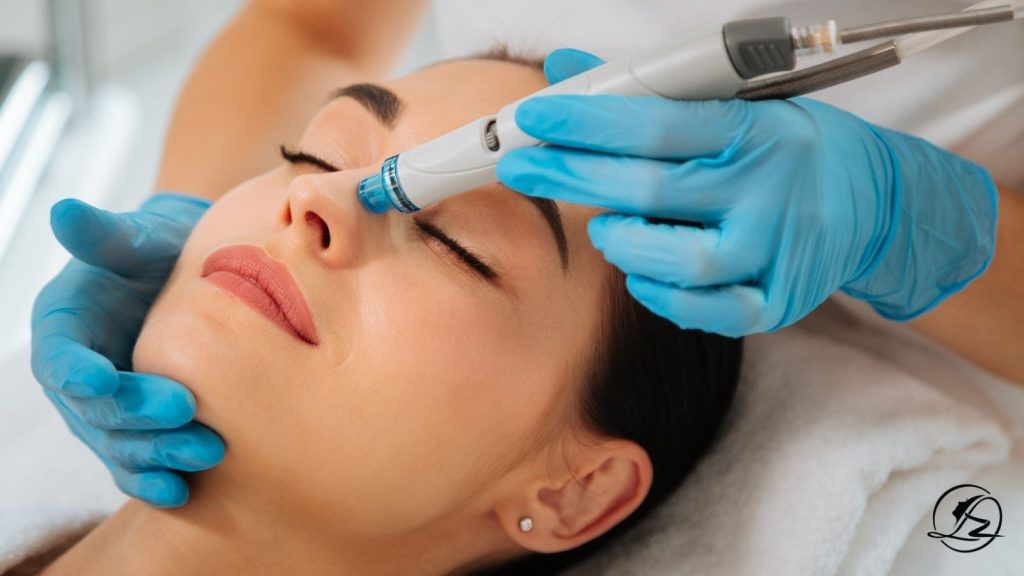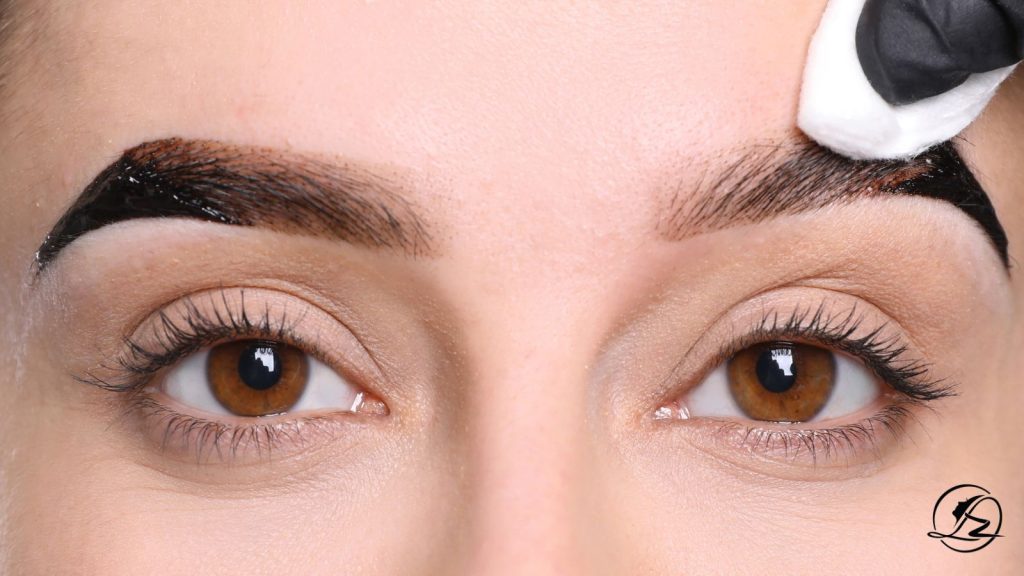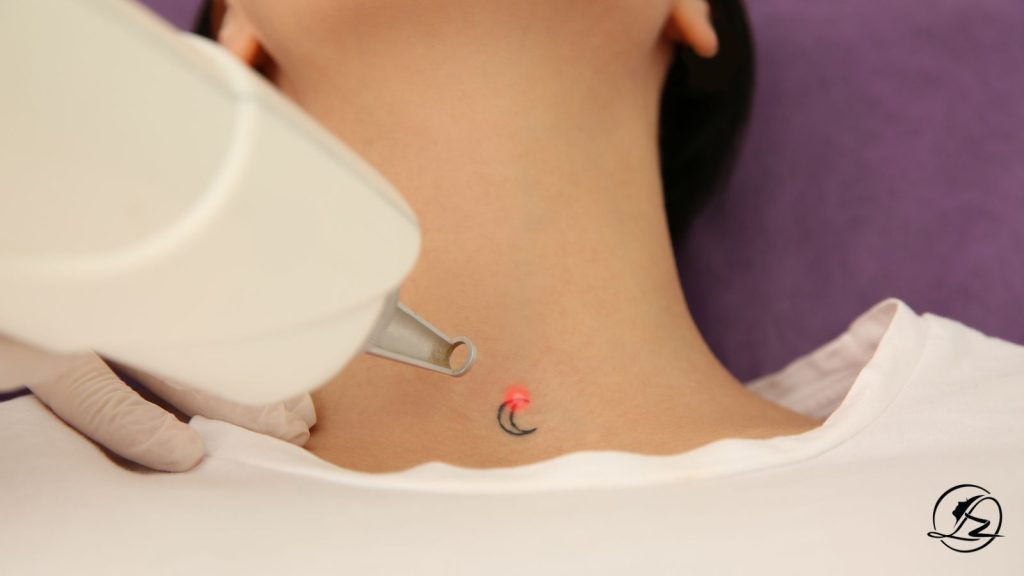Facials have long been a go-to treatment for achieving clearer, smoother, and healthier-looking skin. However, with the rise of advanced skincare technologies, the options available have expanded. Among these, the HydraFacial has gained immense popularity for its multi-step process and instant results. But how does it compare to traditional facials?
In this article, we will explore the differences between HydraFacial and traditional facials, focusing on their techniques, benefits, and outcomes, so you can choose the best treatment for your skin needs.
What is HydraFacial?
The HydraFacial is a non-invasive, multi-step skincare treatment that combines cleansing, exfoliation, extraction, and hydration into one procedure. It uses patented vortex-fusion technology to deliver powerful serums into the skin while simultaneously removing impurities. The treatment is suitable for all skin types and can address a wide range of skin concerns, from acne to aging.
HydraFacial is known for delivering immediate results without irritation or downtime, making it a preferred option for people who want to achieve glowing skin in a short amount of time.
What is a Traditional Facial?
Traditional facials are customizable skincare treatments performed by estheticians. They typically involve several steps, including cleansing, exfoliation, steam, extractions, massage, and the application of masks or serums. Unlike HydraFacials, which rely on advanced devices, traditional facials are manual and can vary depending on the type of facial chosen (e.g., anti-aging, hydrating, acne-focused).
Traditional facials focus on relaxing the skin, improving circulation, and treating specific skin concerns, often using a variety of skincare products tailored to the individual’s needs.
Key Differences Between HydraFacial and Traditional Facials
To better understand the distinctions between these two treatments, let’s compare them based on various factors:
| Feature | HydraFacial | Traditional Facial |
| Technology | Uses patented vortex-fusion technology to cleanse, extract, and hydrate simultaneously. | Primarily manual, with estheticians using their hands and tools like steamers or brushes. |
| Customizability | Can be customized with specific serums for hydration, anti-aging, acne, etc. | Highly customizable; different types of facials and products are chosen based on skin type. |
| Extraction Method | Painless vacuum extractions using a suction device that removes blackheads and impurities. | Manual extractions, which can sometimes be painful, especially for congested pores. |
| Time | Usually takes about 30-45 minutes. | Can take anywhere from 60 to 90 minutes, depending on the type of facial. |
| Results | Immediate visible results: smoother, brighter, and more hydrated skin with minimal redness. | Results may vary based on the type of facial, with improvements seen gradually over days. |
| Skin Sensitivity | Gentle enough for sensitive skin, with little to no irritation or downtime. | Certain facials, like chemical peels, can cause redness, irritation, or sensitivity, especially for sensitive skin types. |
| Downtime | No downtime; clients can return to their normal activities immediately after. | May involve some redness or swelling, particularly after extractions or exfoliation. |
| Hydration Level | Provides deep hydration through the infusion of serums containing hyaluronic acid and antioxidants. | Varies by facial type; hydration is typically achieved with creams, masks, or serums. |
| Frequency | Suitable for regular use, often recommended monthly for optimal results. | Recommended less frequently, usually every 4-6 weeks, depending on skin needs. |
| Relaxation | Focuses more on results rather than the relaxation aspect of traditional facials. | Often includes relaxing elements like massage and aromatherapy, providing a soothing experience. |
In-Depth Comparison of HydraFacial and Traditional Facials
1. Technology and Technique
One of the most significant differences between HydraFacial and traditional facials is the use of technology. HydraFacial employs a machine that delivers serums into the skin while simultaneously extracting impurities using suction. This high-tech approach ensures deep cleaning and hydration, all in one session.
In contrast, traditional facials are performed manually by an esthetician, who uses products like cleansers, exfoliants, and masks to treat the skin. They may incorporate tools like steamers or brushes for deeper cleaning, but the results depend heavily on the esthetician’s skill and the products used.
2. Customizability and Targeted Treatment
Both HydraFacial and traditional facials can be customized, but in different ways. HydraFacial offers specific add-ons (called boosters) to target skin concerns such as acne, aging, pigmentation, or dullness. The serums used during the HydraFacial process are pre-formulated to deliver results like increased hydration or anti-aging benefits.
Traditional facials, on the other hand, are highly customizable based on the client’s skin type and goals. There are various types of facials (anti-aging, hydrating, deep-cleansing, etc.), and the esthetician selects the appropriate products for your skin. This allows for a more personalized experience, but the results may not be as immediate or uniform across different treatments.
3. Extractions: HydraFacial is Painless
One of the standout features of HydraFacial is its painless extraction process. The vacuum-like tool used during the procedure removes impurities, such as blackheads, from the pores without the discomfort associated with manual extractions. This makes HydraFacial an excellent option for those with sensitive or acne-prone skin, as it minimizes the risk of irritation.
Manual extractions during traditional facials can sometimes be painful, especially if you have congested pores or acne. While effective, they may cause redness, swelling, or discomfort, particularly for those with sensitive skin.
4. Time and Convenience
HydraFacial is a quick treatment, usually lasting around 30-45 minutes, making it an ideal option for those with busy schedules who want fast, effective results. There is also no downtime, allowing you to return to your regular activities immediately after the session.
Traditional facials often take 60 to 90 minutes, depending on the type and depth of the treatment. While this allows for a more luxurious, relaxing experience, it requires more time. Additionally, certain traditional facials may leave the skin red or sensitive for a few hours to days, meaning you might need to plan downtime accordingly.
5. Instant Results vs. Gradual Improvements
One of the reasons HydraFacial has gained such popularity is its ability to deliver instant results. After a single session, you can expect to see brighter, smoother, and more hydrated skin. This makes HydraFacial a favorite for those preparing for a special event or who want to improve their skin’s appearance quickly.
Traditional facials can offer great results, but the improvements are often more gradual. Depending on the type of facial, it may take a few days or even weeks to see the full benefits. While traditional facials excel in deep relaxation and long-term skin care, they may not provide the immediate glow that HydraFacial does.
6. Hydration and Skin Health
HydraFacial excels in providing deep hydration to the skin. The final step of the process involves infusing the skin with hyaluronic acid, peptides, and antioxidants, which plump the skin and lock in moisture. This makes HydraFacial especially beneficial for people with dry or dehydrated skin.
Traditional facials can also hydrate the skin, but the level of hydration depends on the products used. Some facials focus more on cleansing and exfoliation, with hydration coming from a mask or serum applied at the end. While effective, traditional facials may not offer the same intense hydration that HydraFacial provides.
7. Skin Sensitivity and Downtime
HydraFacial is designed to be gentle and is suitable for all skin types, including sensitive skin. The treatment involves no harsh scrubbing, peeling, or manual extractions, which reduces the risk of redness, swelling, or irritation. There is also no downtime, meaning you can resume normal activities immediately.
Some traditional facials, such as chemical peels or microdermabrasion, can be more aggressive, especially on sensitive skin. These treatments may cause temporary redness or irritation, and in some cases, require recovery time. Depending on the type of facial, you may need to avoid sun exposure or certain skincare products for a few days.
Which Treatment is Right for You?
Both HydraFacial and traditional facials offer benefits, but the right choice depends on your skin goals, time availability, and personal preferences.
- Choose HydraFacial if you’re looking for:
- Instant results without downtime.
- A painless extraction process.
- Deep hydration and rejuvenation.
- A quick, effective treatment that fits into a busy schedule.
- Choose a Traditional Facial if you’re looking for:
- A more relaxing, spa-like experience.
- A highly customized treatment that can address specific skin concerns with tailored products.
- A deep, long-lasting skincare routine that focuses on long-term skin health.
Conclusion
Both HydraFacial and traditional facials offer unique benefits, and each has its place in a well-rounded skincare routine. HydraFacial is ideal for those seeking quick, visible results with no downtime, while traditional facials provide a more personalized, relaxing experience with gradual improvements.
Ultimately, the best treatment for you depends on your skin’s needs, your goals, and how much time you have for your skincare routine. Whether you opt for the high-tech efficiency of a HydraFacial or the customizable luxury of a traditional facial, both can leave your skin looking and feeling healthier, smoother, and more radiant.



